5 hidden historical gems in Türkiye
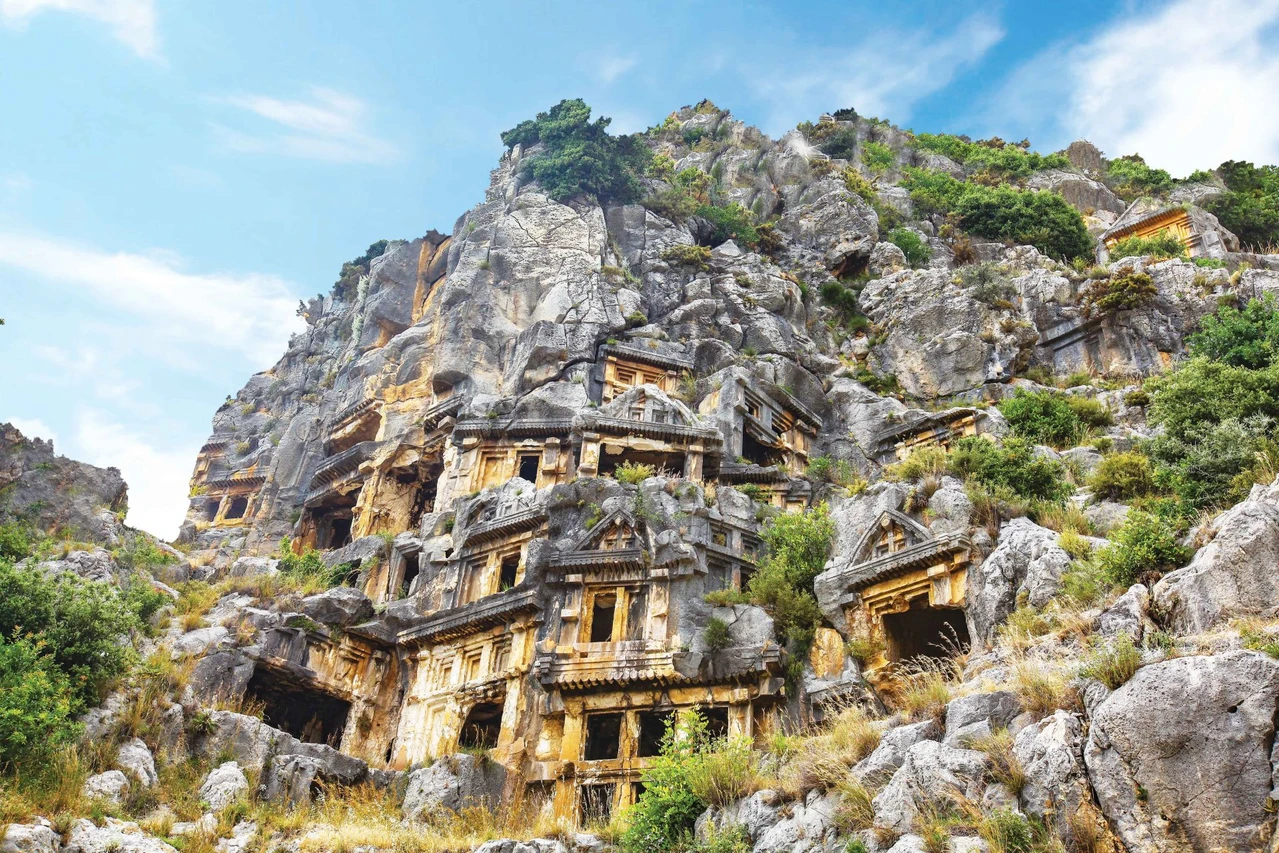 Myra Ancient City, Antalya, Türkiye. (Ministry of Culture and Tourism Archive Photo)
Myra Ancient City, Antalya, Türkiye. (Ministry of Culture and Tourism Archive Photo)
Türkiye has a rich history and culture and offers a wealth of historical sites that often remain undiscovered by many travelers. While landmarks like the Hagia Sophia and Ephesus attract millions of visitors, numerous other ancient treasures await exploration.
These lesser-known sites provide a fascinating glimpse into the rich past of Anatolia, revealing stories and architectural marvels that have endured through the ages.
Here are five remarkable historical attractions, complete with intriguing details and practical travel information, perfect for the discerning traveler seeking to delve deeper into Türkiye’s ancient heritage.
1. King’s Daughter’s Bath
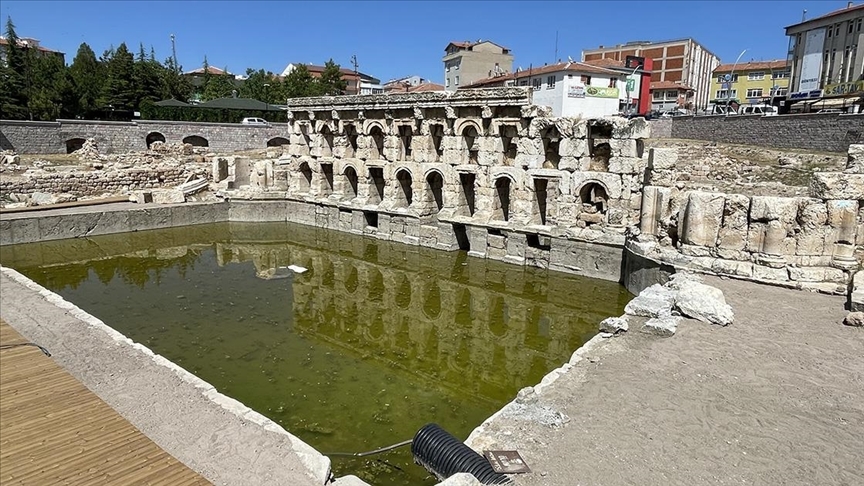
Where it is: Sarikaya District, Yozgat Province, Türkiye
About the site: The Roma Kral Kizi Hamami, also known as the King’s Daughter Bath, is an ancient Roman thermal bath complex located in the heart of Sarikaya.
In 2018, it was added to the UNESCO World Heritage Tentative List due to its historical significance and architectural uniqueness. The site, dating back to the Roman period, is famed for its healing hot springs.
Legend has it that the daughter of a Roman king, suffering from a debilitating illness, found miraculous healing in the thermal waters of Sarikaya. As she bathed in the warm, mineral-rich waters, her condition improved dramatically, leading her father to build a magnificent bath complex in her honor.
The bath features remnants of Roman engineering, including Corinthian columns, arched walls, and intricate stonework. The structure’s elegant design and the enduring legend make it a captivating site for visitors.
How to get there: Roma Kral Kizi Hamami is accessible by car from Yozgat city center, approximately 30 miles away. Follow the signs toward Sarikaya’s Kaplicalar Mahallesi. Public transportation options include regular buses from Yozgat to Sarikaya, providing a convenient route for travelers.
2. Vazelon Monastery
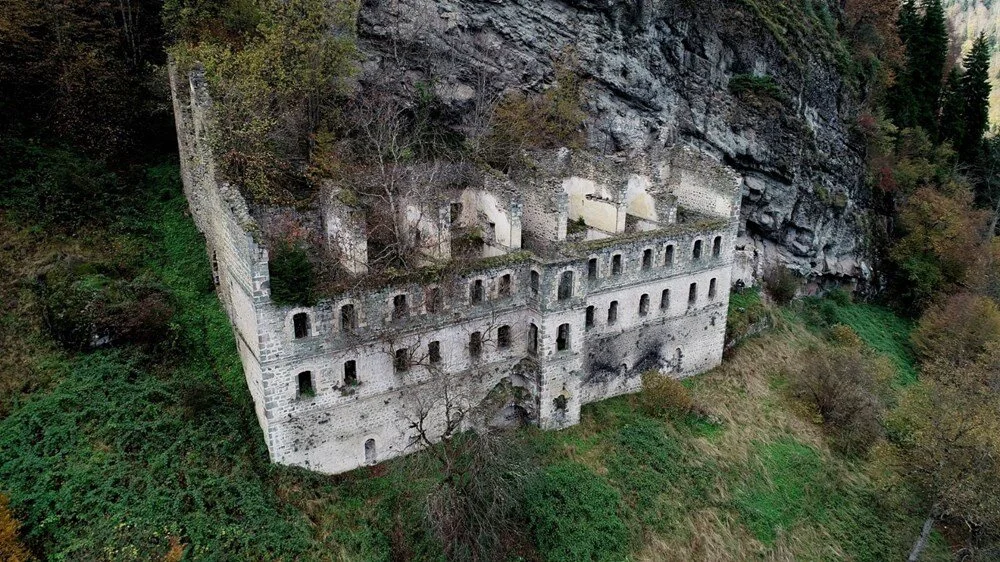
Where it is: Macka District, Trabzon Province, Türkiye
About the site: Vazelon Manastiri, founded in 270 A.D., stands as one of the oldest monastic sites in Türkiye. Situated about 25 miles south of Trabzon, this secluded monastery is enveloped by dense forests and serene landscapes.
Throughout history, Vazelon played a pivotal role in the religious and cultural life of the region. The monastery is renowned for its stunning frescoes that depict biblical scenes, including the Last Judgment. These frescoes, although weathered, retain their vivid colors and intricate details.
The monastery has witnessed numerous attacks and reconstructions, with significant restorations undertaken during the reign of Emperor Justinian in 565 A.D. Despite the damage over centuries, Vazelon remains a spiritual haven, offering a peaceful retreat for visitors.
How to get there: Visitors can reach Vazelon Manastiri via the Macka-Gumushane road. From Trabzon city center, it is a 25-mile drive, and local minibusses run regularly to Macka. The final stretch involves a picturesque hike through the forest, adding to the monastery’s allure.
3. Aizonai Ancient City
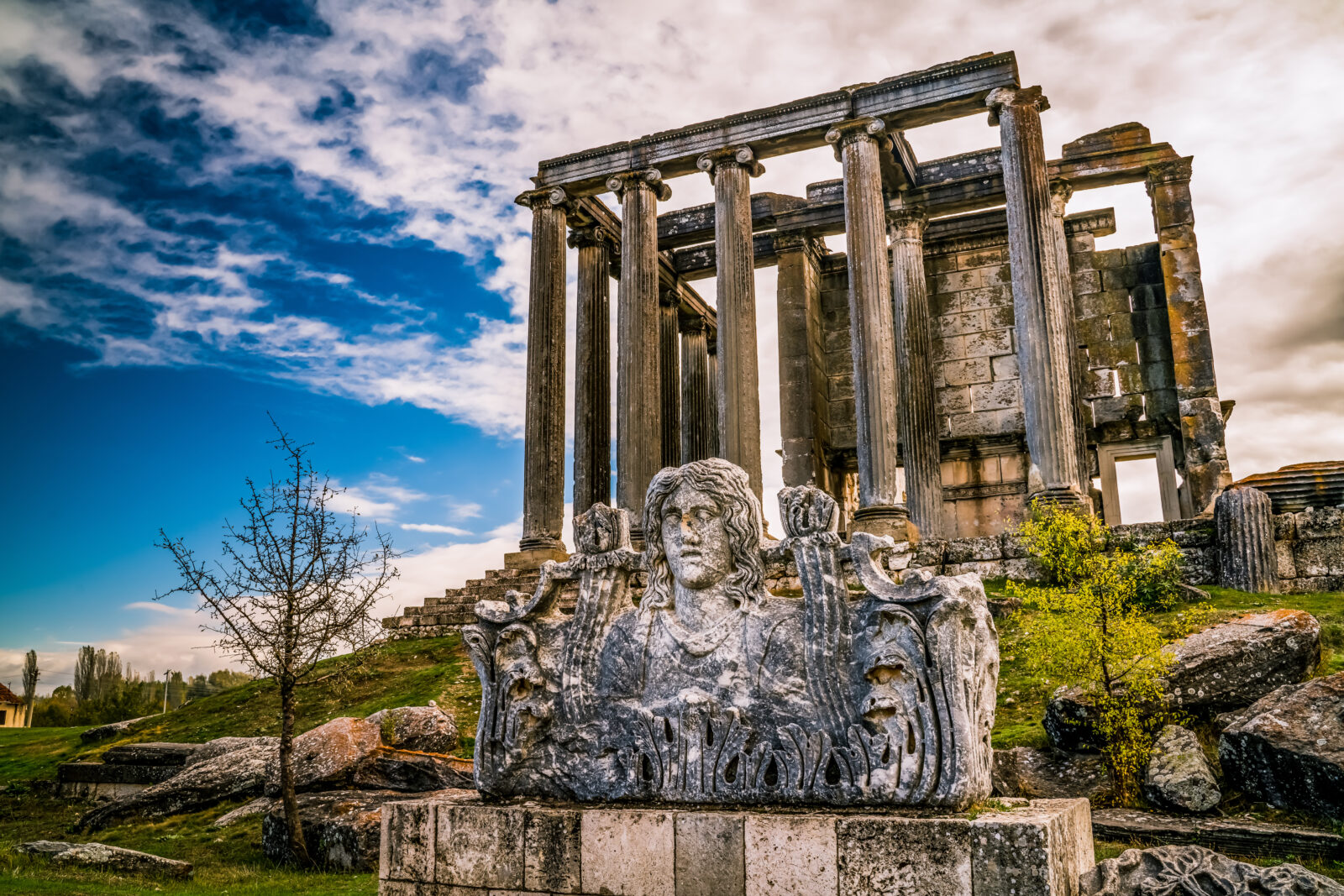
Where it is: Cavdarhisar District, Kutahya Province, Türkiye
About the site: Aizonai, an ancient Phrygian city located 30 miles southwest of Kutahya, is home to some of the most well-preserved Roman ruins in Türkiye. The city flourished during the Roman era, becoming a major political and economic center.
Key attractions include the Temple of Zeus, one of the best-preserved temples dedicated to Zeus in the world, and a unique combined theatre-stadium complex. The Temple of Zeus stands atop a hill, featuring a pseudodipteros plan, with marble-covered columns and intricate carvings depicting scenes from the lives of the Cavdar Tatars.
The adjacent theatre-stadium complex, designed to host both theatrical performances and sporting events, is unique in its construction, reflecting the grandeur of Roman architectural ingenuity.
Additionally, the macellum, or ancient marketplace, features inscriptions of Diocletian’s Price Edict, providing insight into the economic history of the Roman Empire.
How to get there: Aizonai is about 30 miles from Kutahya and can be accessed by car. The route involves a scenic drive through the countryside, with clear signs leading to Cavdarhisar. Local buses from Kutahya to Cavdarhisar are also available, making it convenient for those without a car.
4. Zeugma Ancient City
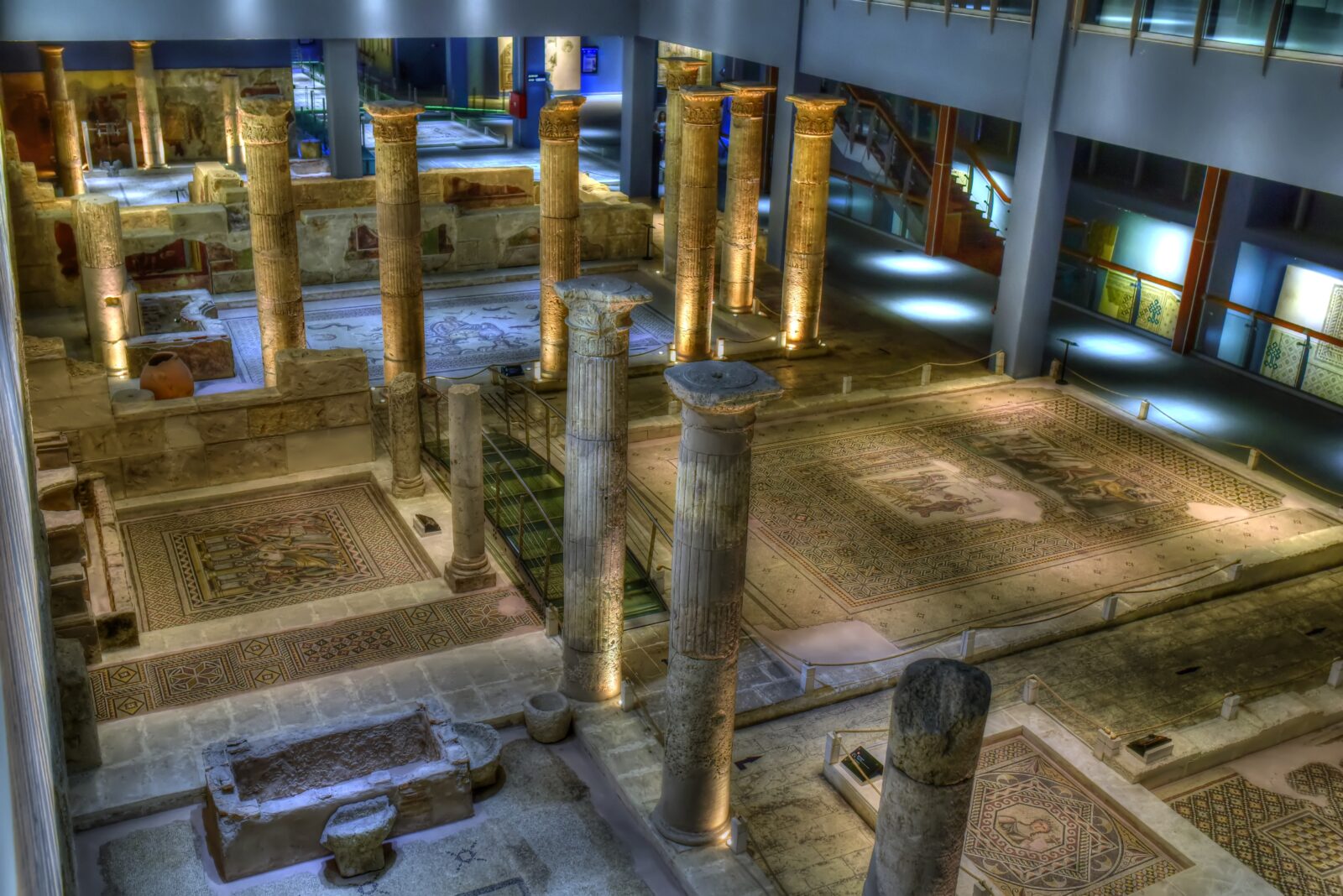
Where it is: Nizip District, Gaziantep Province, Türkiye
About the site: Zeugma, founded by one of Alexander the Great’s generals in 300 B.C., lies 12 miles east of Gaziantep. The city, perched on the banks of the Euphrates River, flourished under Roman rule and became renowned for its exquisite mosaics
During its peak, Zeugma was a bustling hub of commerce and military activity, home to the Roman Empire’s 4th Scythian Legion. The city’s strategic location and its wealth attracted skilled artisans who created stunning mosaics that adorned the villas of the affluent.
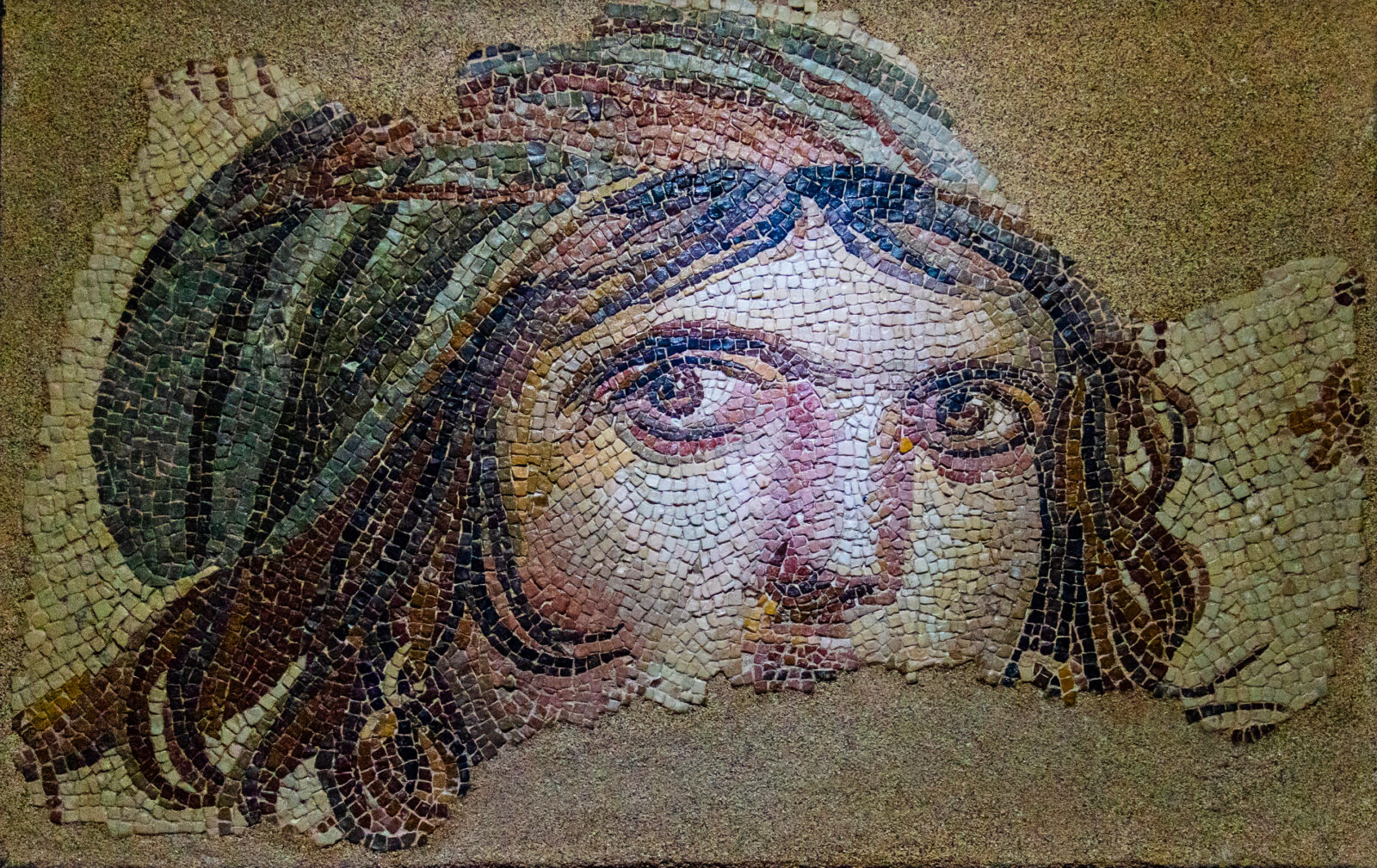
These mosaics, depicting mythological scenes and everyday life, are among the finest examples of Roman mosaic art. The “Gypsy Girl” mosaic, with its hauntingly expressive eyes, has become an iconic symbol of Zeugma.
The site also features numerous seal impressions, or bullas, which provide valuable information about the administrative and social aspects of ancient Zeugma.
How to get there: Zeugma can easily be accessed by car from Gaziantep, with a travel time of around 30 minutes. Drivers should follow the route towards the Belkis neighborhood in the Nizip district. Public transportation is also an option, with buses and taxis readily available for the trip from Gaziantep to Nizip.
5. Blaundos Ancient City

Where it is: Ulubey District, Usak Province, Türkiye
About the site: Blaundos, perched on a horseshoe-shaped hill surrounded by the dramatic Ulubey Canyon, is an ancient city established by Macedonian settlers after Alexander the Great’s campaigns.
Located 25 miles south of Usak, Blaundos offers a unique blend of natural beauty and historical significance. The city served as a military colony and features impressive ruins, including temples, a theatre, a stadium, and an extensive necropolis.
The Temple of Demeter, constructed in the Ionic style, and the well-preserved city gate are particularly noteworthy.
Blaundos is often referred to as the “Stonehenge of Anatolia” due to its strikingly arranged ruins, though it served a different purpose than the famous British site. The extensive rock-cut tombs, some with well-preserved frescoes, make Blaundos the largest known rock cemetery in Anatolia.
How to get there: Blaundos is located about 25 miles from Usak city center. The site is best reached by car, as there are no public transportation options directly to Blaundos. Taxis from Usak can also be arranged. The drive offers breathtaking views of the surrounding canyon, adding to the adventure.
Exploring lesser-known paths
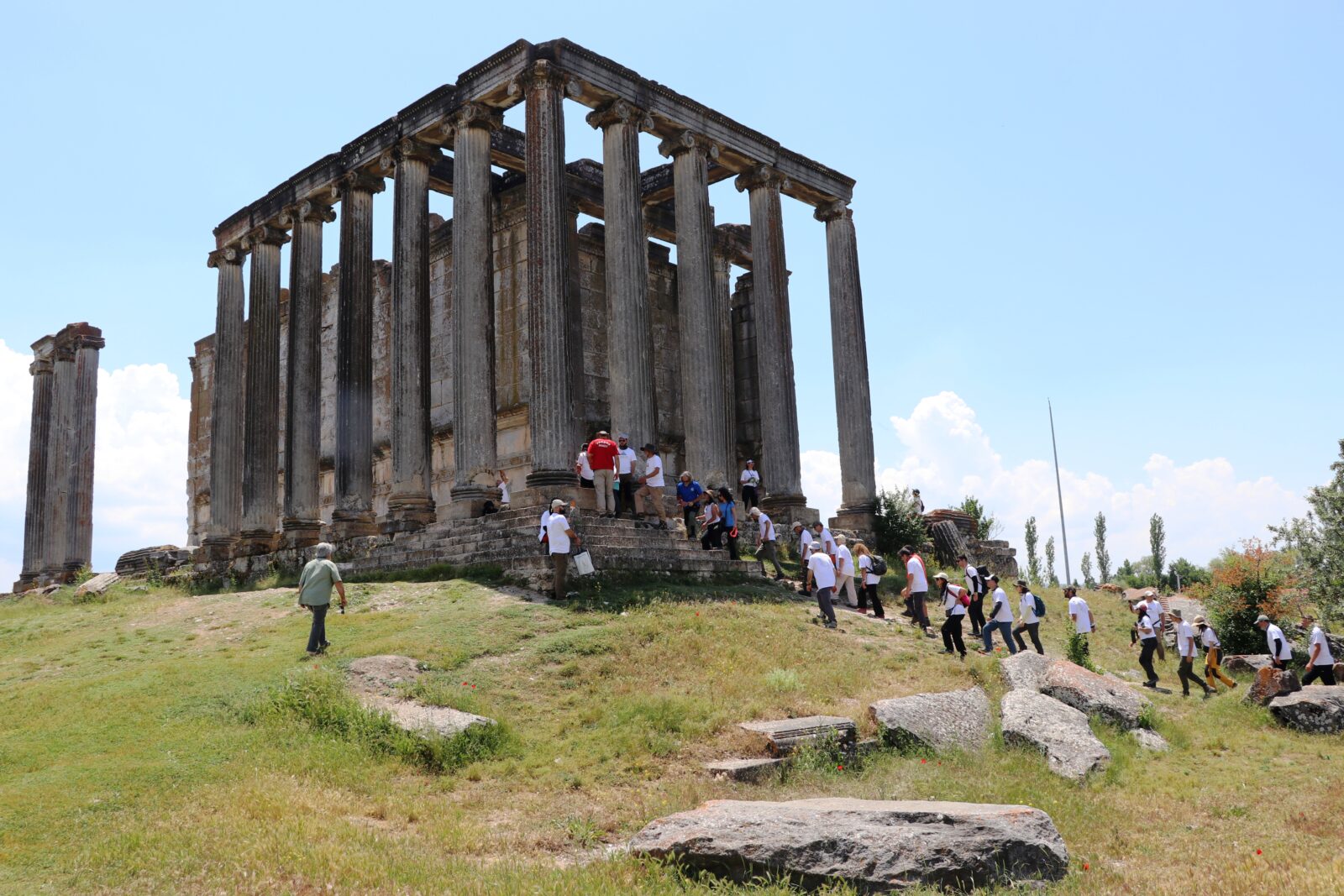
Exploring these hidden historical gems in Türkiye provides an enriching experience for travelers seeking to uncover the lesser-known aspects of the country’s vast heritage. Each site narrates a unique story about the architectural and cultural achievements of ancient civilizations.
Whether driving through the scenic landscapes of Kutahya or hiking through the lush forests of Trabzon, these destinations promise unforgettable adventures.
Pack your bags, plan your route, and set off to discover the fascinating history that lies beyond Türkiye’s well-trodden tourist paths.



